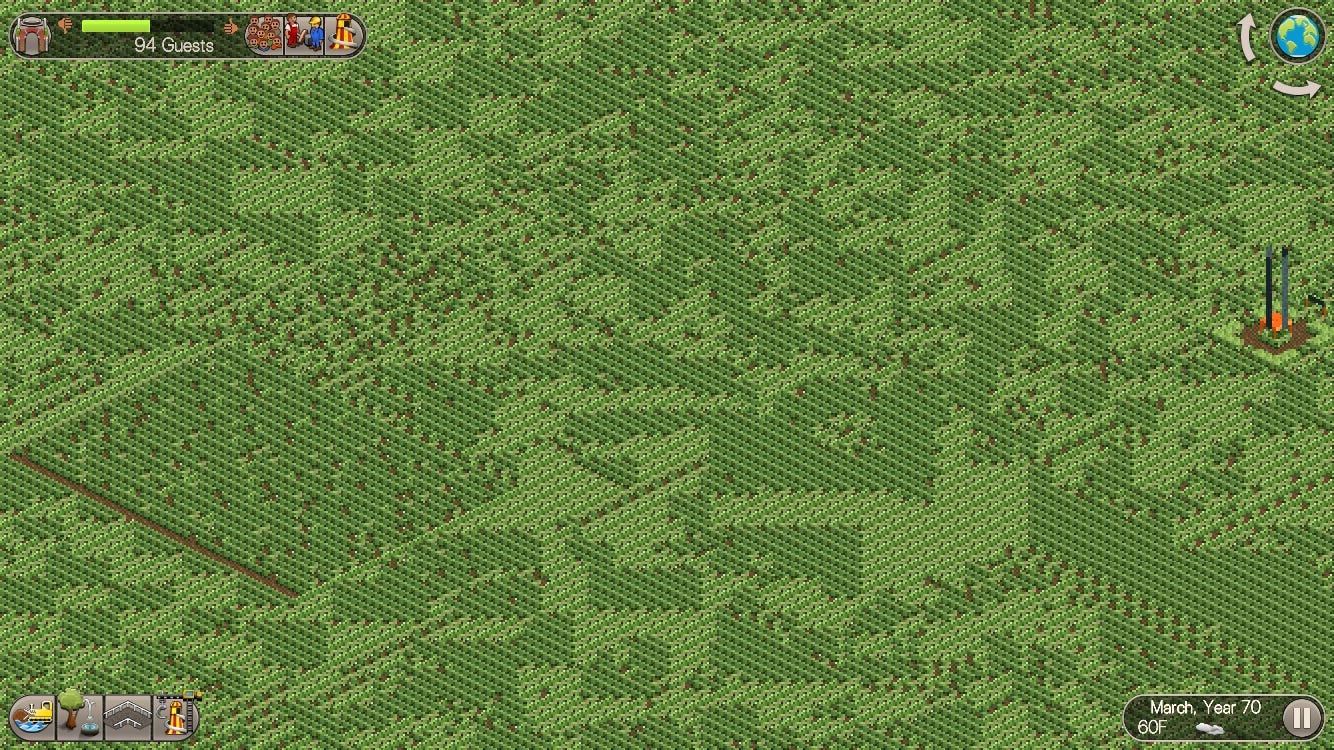Introduction
Gaming is great, but what’s truly fascinating is when players devise ingenious plans to “hack” the game using nothing but the engine itself. No cheats, no actual hacking, just pure, creative strategy. These approaches not only showcase the ability to “win” by exploiting unintended game mechanics but also offer intriguing insights into the psychology of the gamers themselves.
Let’s explore some of the most captivating examples of strategic exploits in simulation games.
Conway’s Game of Life: Inception-Level Complexity
Conway’s Game of Life is a fascinating example of a cellular automaton - a mathematical model that simulates complex systems using simple rules. In this case, it’s a grid where cells live or die based on their neighbors, demonstrating how intricate patterns can emerge from basic principles. The Game of Life operates on four simple rules:
- Any live cell with fewer than two live neighbours dies, as if caused by underpopulation.
- Any live cell with two or three live neighbours lives on to the next generation.
- Any live cell with more than three live neighbours dies, as if by overpopulation.
- Any dead cell with exactly three live neighbours becomes a live cell, as if by reproduction.
These rules are applied simultaneously to every cell in the grid, creating evolving patterns that can be surprisingly complex.
Since its creation in 1970, enthusiasts have achieved remarkable feats within this simple framework, including:

These projects showcase the incredible potential hidden within seemingly simple systems.
RollerCoaster Tycoon: A Walk in the Never-Ending Park
RogueLeader23’s experiment in RollerCoaster Tycoon turns the concept of a theme park on its head. Instead of creating a fun-filled adventure, they designed a nightmarish labyrinth where guests wander endlessly. This unusual approach provides a fascinating look at the game’s AI behavior under extreme conditions. For a deep dive into this cruel creation, check out Eurogamer’s article: Inside the cruellest RollerCoaster Tycoon park ever created.

SimCity 3000: Magnasanti - Efficiency at the Cost of Humanity
Vincent Oscala’s Magnasanti in SimCity 3000 is a marvel of efficiency and a nightmare for its inhabitants. This megalopolis uses every available tile on the map to maximize population, achieving stability through extreme measures.
The largest and most terrifying SimCity is full to the brim with people however the happiness of its inhabitants is at an all time low. Eduction and public services pretty much do not exist and the average lifespan is only around 50 years.
This city serves as a chilling example of prioritizing efficiency over well-being.
The painting goblin
The Sims may be the best life simulation game ever made, and let’s be honest, all of us who have played it have done something horrible in it at some point. I, for one, had a particular strategy when starting a new house and family, back when I was a 13-year-old…
Before creating the characters I actually intended to play, I’d create a large family of unfortunate Sims. I’d spend zero time on their appearance or characteristics: they were merely pawns in my twisted game. I’d move them into the plot my real protagonists would eventually inhabit, but instead of a house, I’d build them a small room. Just big enough for them all to enter. Once in, I’d delete the door and fill the room with cheap furniture. Then, as if by magic, a mysterious firework would appear in the center. One unlucky family member would then wander up to it and, under the will of my 13-year-old godly power, they’d be obliged to set it off.
The family, of course, would all burn to death. In each member’s place, a tombstone. I had achieved my goal: to have a cemetery on my building plot.
Now, if you think that’s bad, let me introduce you to another player’s excellent starting idea: The Painting Goblin. Posted by a “Megann x” on Tumblr, it’s good to know others are as weird and sadistic as I was when playing this game. Here’s the strategy in their own words:
Every time I play the Sims, I start my family with a "painting goblin". I make him/her morbidly obese with green skin. I make sure to give him the following traits:
- Likes to be alone.
- Likes art.
- Hates the outdoors.
The first thing I do once I have enough money is build a small room in the basement, send him down there, and then remove the stairs.
I set him up in a tiny little area with only an easel, a toilet, a refrigerator, a bed, a shower, and a trash bin. All he does all day is paint.
That's it.
He paints and paints and paints.
Eventually his paintings become very good and worth a lot of money.
Every few minutes I go downstairs and sell whatever painting he has finished,
and then I return to playing the game.
My family always ends up feeling blessed because of their fortune,
and they never find out about the horrible secret living beneath their home
It’s strategies like these that remind us just how dark and creative The Sims players can get. Who knew a life simulation game could bring out the evil genius in so many of us?